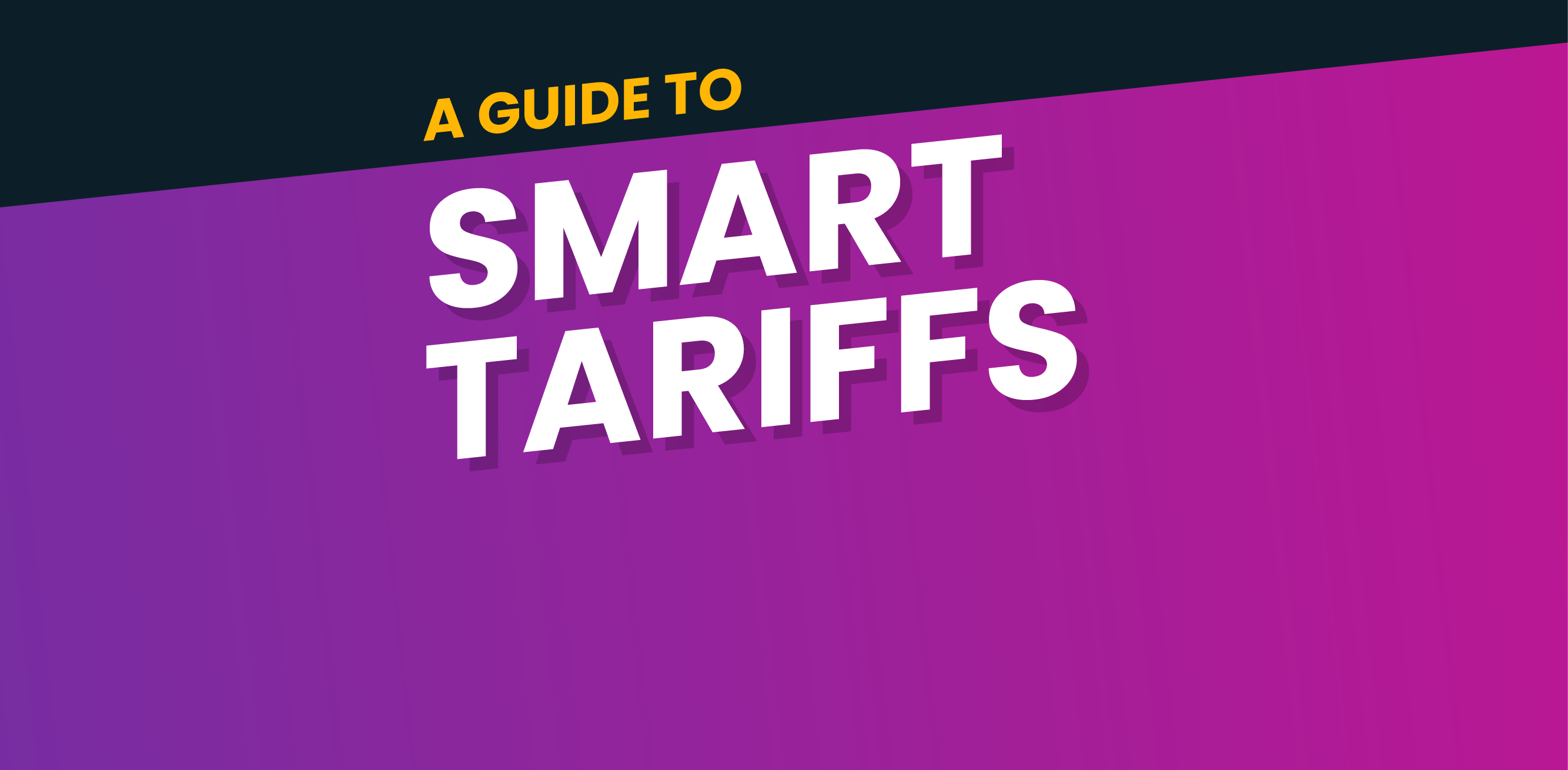A Guide to Smart Tariffs
Smart tariffs are becoming increasingly popular as the UK’s smart meter rollout continues, more households invest in green technology, and the country pushes forward with its net zero goals.
But what exactly are smart tariffs, and how can they help you save money?
Got a Home Battery?
You could save £360* a year with Loop Optimise - our automated AI Home Energy Management System. Simply sign up, sit back and let Loop Optimise do its work!
What is a Smart Tariff?
A smart tariff, also known as a time-of-use tariff, is a pricing structure where electricity costs vary at different times of the day. Unlike traditional tariffs, which charge a flat rate, smart tariffs adjust prices based on energy demand and availability. This encourages households to use energy when it is cheaper and more renewables are on the grid.
The Benefits of a Smart Tariff
Smart tariffs offer financial and environmental benefits, making them an attractive option for many households:
Cost Savings
Many smart tariffs include multiple periods of cheaper energy throughout the day. By shifting energy-intensive tasks, such as running appliances or charging electric vehicles (EVs), to these off-peak periods, users can significantly reduce their energy bills.
Supporting the Green Energy Transition
By encouraging energy use when demand is lower, smart tariffs help balance the grid, reducing reliance on fossil fuels and making better use of renewable energy sources. In some cases, suppliers may even pay users to consume energy during times of surplus renewable generation.

Types of Smart Tariffs
Not all smart tariffs are the same. Here’s a breakdown of the two main types:
Static Smart Tariffs
Static tariffs offer set cheaper periods, often overnight. These are particularly beneficial for homes with electric vehicles, allowing owners to charge their EVs at lower rates, reducing the cost of running their vehicles.
Dynamic Smart Tariffs
Dynamic tariffs, such as Octopus Agile, change their rates based on wholesale energy prices and can adjust as often as every half hour. While these tariffs sometimes offer negative pricing (where users are paid to consume energy), they can also spike during periods of high demand.
How Much Can You Save with a Smart Tariff?
Your potential savings depend on your household setup and energy habits. The more flexible you are in shifting energy use to cheaper periods, the more you can save. Households with EVs, battery storage, or solar panels often see the greatest savings. Especially when they're used combined with tools like Loop Optimise, an AI-powered, fully automated home battery manager.
Households with at least a 10 kWh battery, on a smart tariff like Octopus Flux and using Loop Optimise, could save £360 each year!
Choosing the Right Smart Tariff
Selecting the right tariff depends on your home’s green tech setup and energy consumption patterns. Traditional price comparison sites often struggle to account for all variables, such as smart meter data.
To simplify the process, Loop has a handy new tool coming soon to Loop Optimise. Sign up to Loop Optimise for free now to be the first to know about it!

How to Switch to a Smart Tariff
Switching to a smart tariff is typically straightforward, much like switching any other energy tariff. However, there are a few key requirements:
-
Smart Meter Requirement – You must have a smart meter to take advantage of a smart tariff. If you don’t already have one, your energy supplier can install one for you.
-
Tariff Eligibility – Some tariffs require specific setups, such as battery storage or EV ownership, so ensure you meet the criteria before switching.
Smart tariffs offer a great way to cut energy costs while supporting a greener grid. Whether you own an EV, have solar panels, or simply want to be more energy-conscious, moving to a smart tariff could be a game-changer.
Join Now! Free for a Limited Time Only
Unlock effortless energy savings and maximise your earnings with Loop Optimise - our AI-powered Home Energy Management System.








